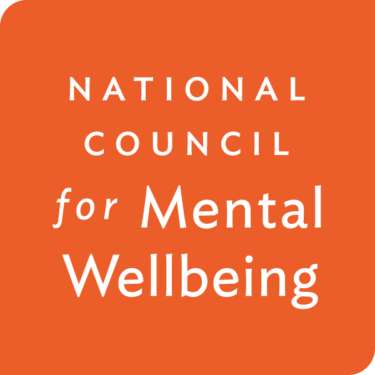Resource Guide: Best Practices for Effective Adolescent Substance Use Disorder Services
Download Temporarily Unavailable
Initiation of substance use often occurs during adolescence, with adolescents reporting using substances to feel good, get high, relieve pain or aid with sleep problems. Adverse consequences of adolescent substance use include overdose, risk of developing substance use disorders (SUDs), negative impacts on brain development and even death.
This resource guide offers information about evidence-based best practices tailored for adolescents experiencing SUDs. It addresses the urgent need for specific interventions for youth during this critical developmental stage by presenting best practices designed to respond to their treatment and recovery needs. Emphasizing a holistic approach, this resource provides guidance so that service providers and caregivers are equipped with the tools to support adolescents through every stage of recovery and toward a healthier future.
This report was supported by the National Council for Mental Wellbeing’s Center of Excellence for Integrated Health Solutions and funded by a grant award from the Substance Abuse and Mental Health Services Administration and managed by the National Council for Mental Wellbeing. The views, opinions and content expressed in this presentation do not necessarily reflect the views, opinions or policies of the Center for Mental Health Services, the Substance Abuse and Mental Health Services Administration or the U.S. Department of Health and Human Services.

